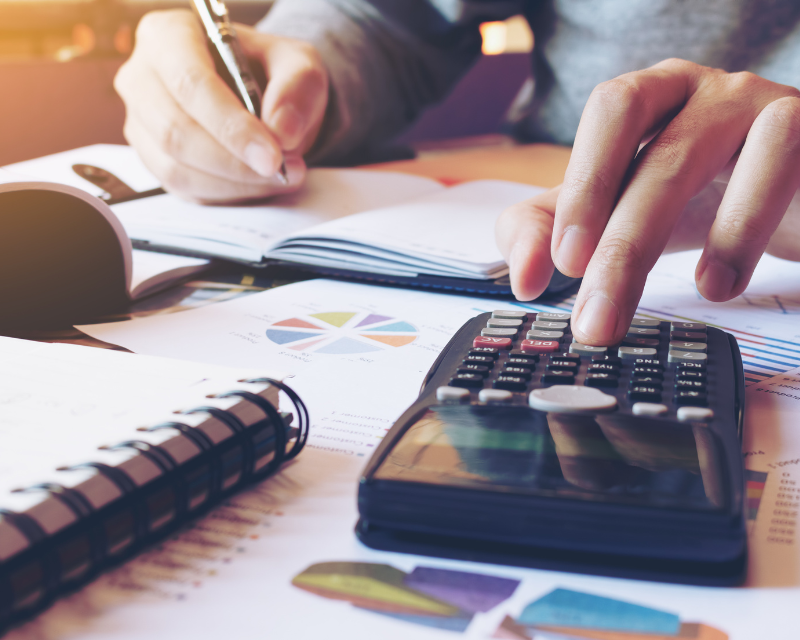
What happens to my pension when I die?
Pensions and death. Two topics that aren’t guaranteed to make for cheerful reading. But bear with us, what we have to say is as important for you as it is your children or grandchildren.
The primary role of a pension is to provide you with an income in retirement. However, it’s only natural for you to want others to benefit from it when you are no longer around.
Exactly what happens to your pension after you die depends on several factors, including:
- your age when you die;
- the type of pension you have; and
- your pension provider’s own rules.
We’ll start with money purchase pensions, such as Stakeholder Pensions, Personal Pensions (including Group Personal Pensions) and Self-Invested Personal Pensions (SIPPs).
Buying an annuity
If you choose to buy an annuity with your pension pot, you will be asked to decide whether you want to include a guarantee period or spouse / dependant’s / survivor’s pension.
The amount paid out after your death depends on the options you select. For example, choose a 50% spouse’s pension, then if you die before they do, half of your income will be paid to your spouse until they die.
If you die before the age of 75
Your pension provider will ask you to nominate who will benefit from your pension after your death. If you have not already done this, you should request a ‘nomination of beneficiaries’ form (or equivalent) from your provider, complete and return it.
Under current pension legislation, if you die before age 75 your beneficiary’s options are theoretically the same, whether you have started to take your pension benefits or not.
In brief, your beneficiary could opt to:
- receive the fund as a lump sum. If it is paid within two years of death (and as long as it falls within the members available Lifetime Allowance, if it is paid from an uncrystallised fund) the whole of the lump sum will be tax free in the hands of the beneficiary; but
- if a lump sum is paid outside this two-year window, the whole lump sum will be subject to income tax in the hands of the beneficiary at their own marginal rate;
- use the fund to pay a drawdown pension or annuity. If this is done within two years of death (and as long as the fund that is used to pay the beneficiary a drawdown pension or annuity falls within the members available LTA if it is paid from an uncrystallised fund) all the income will be tax free in the hands of the beneficiary. If, however, the funds are used to pay a drawdown pension or annuity to a beneficiary from an uncrystallised fund (but not a crystallised fund) more than two years after the members death all the income will be subject to income tax in the hands of the beneficiary at their own marginal rate; or
- move the funds into a dependent’s flexi-access drawdown, and subsequently to any children, in order to keep the value of the fund outside the estate for inheritance tax purposes. Some pension plans do not support this feature, so it’s important to check.
If you die at age 75 or older
Again, your options are the same whether you have taken your pension benefits or not. Your beneficiaries can either:
- take a lump sum, which is added to the beneficiary’s income and taxed at their marginal rate (20%, 40% or 45%); or
- take an income using flexi-access drawdown (FAD) or buy an annuity which, again, will be added to their income and taxed at the beneficiary’s marginal rate of income tax. Some old style defined contribution pensions may not support flexi-drawdown so on death will only pay a tax-free lump sum to the beneficiary with no option of passing on the pension.
Multiple beneficiaries
If you decide to nominate more than one beneficiary, for example, by splitting the pension equally between your children, they can each take the money due to them in a manner which suits their needs.
There is no compulsion for all beneficiaries to make the same choices.
Provider differences
You should note that some schemes have rules which impose specific restrictions on how death benefits can be paid. This is more often seen with older money purchase pensions. Others though, will allow any option available under current legislation.
It’s important to understand the rules of your pension scheme and how they fit in with the needs of those you wish to pass it on to.
Final salary pensions
The benefits paid out on death depend on the rules of the scheme you are a member of, plus your current membership status.
However, they can only be paid out to a dependant of the deceased and if the member dies before the age of 75, payments in the hands of the dependant will be subject to income tax at their own marginal rate.
Active member: A spouse’s pension, which is usually a percentage of the pension you have accrued at the date of death. This may be supplemented by a ‘death in service’ scheme, paying a multiple of your salary, plus potential refund of contributions and a dependant’s pension if you have children.
Deferred member: A spouse’s pension, based on a revalued pension from date of leaving to date of death. A dependant’s pension may also be payable. Some schemes may not recognise same sex marriage or civil partnerships, so it is important to check if this is your personal situation.
In payment: If you are already in receipt of your final salary pension it is likely that the scheme would pay a spouse’s pension should you die before they do. The exact amount will depend on the rules of your scheme.
Pensions and inheritance tax (IHT)
You know what they say about death and taxes. Neither are avoidable, but tax can be reduced if you know the rules and how to work with them.
The value of your pension is outside of your estate for the purposes of IHT. This means your beneficiaries will pay no IHT on any amount they receive. They could, of course, pay income tax.
This, along with the new rules, which we’ve outlined above, make pensions a very attractive way of passing money down to younger generations, which can then be used to meet their own financial objectives.
The value of your investment can go down as well as up and you may not get back the full amount invested.

 0330 332 7866
0330 332 7866 advise-me@fosterdenovo.com
advise-me@fosterdenovo.com Search
Search






